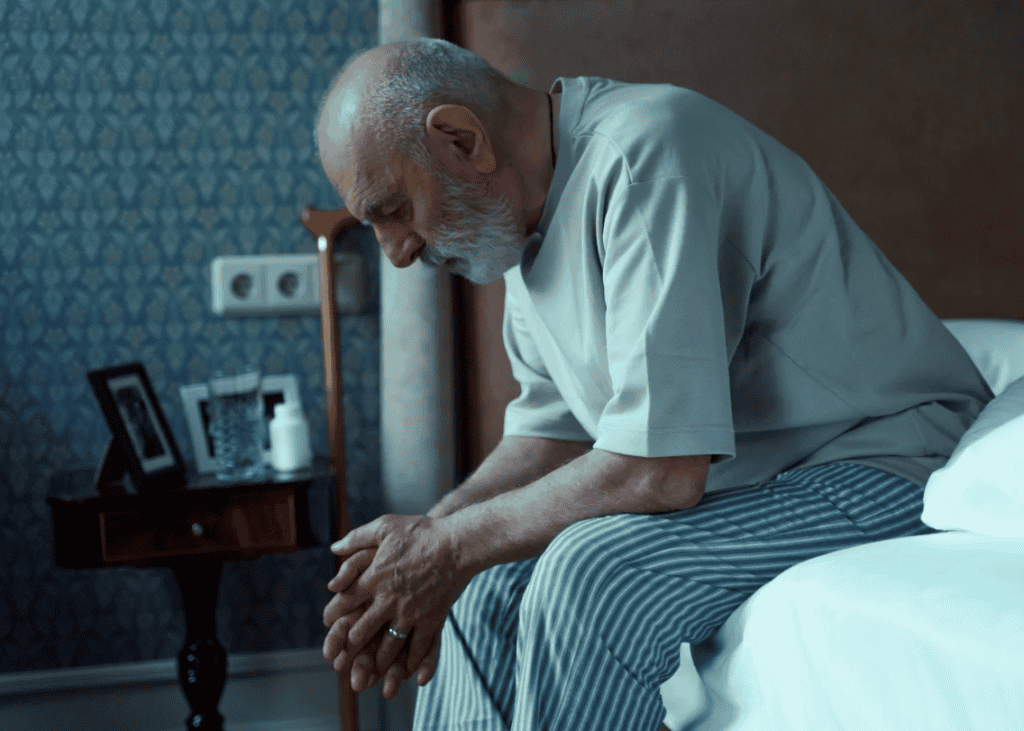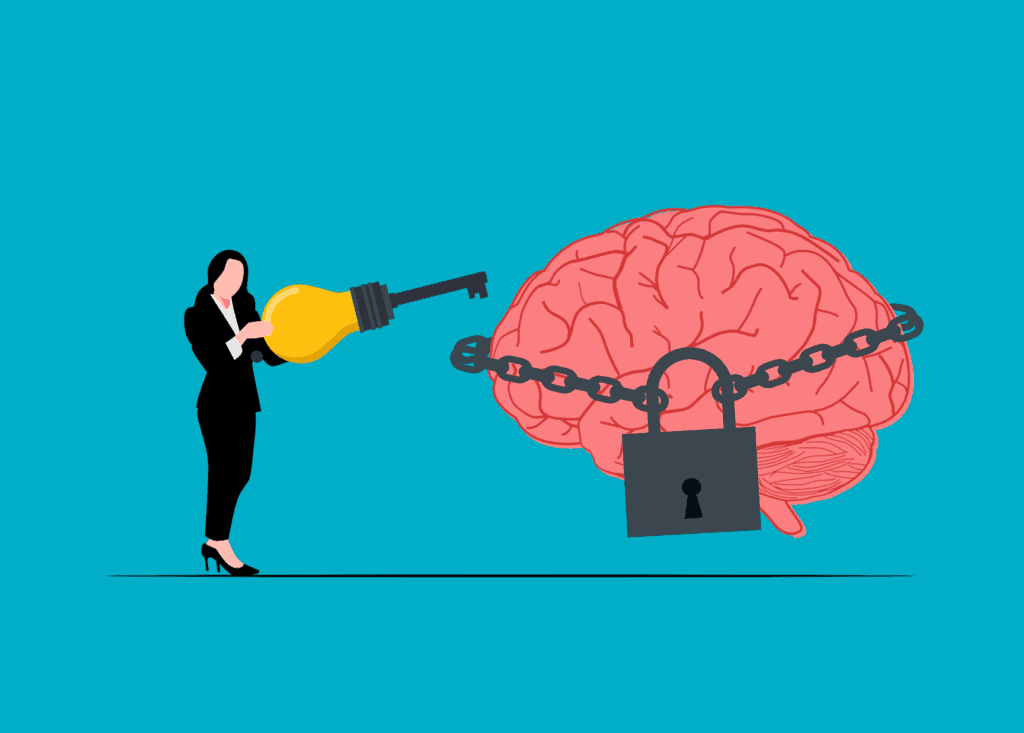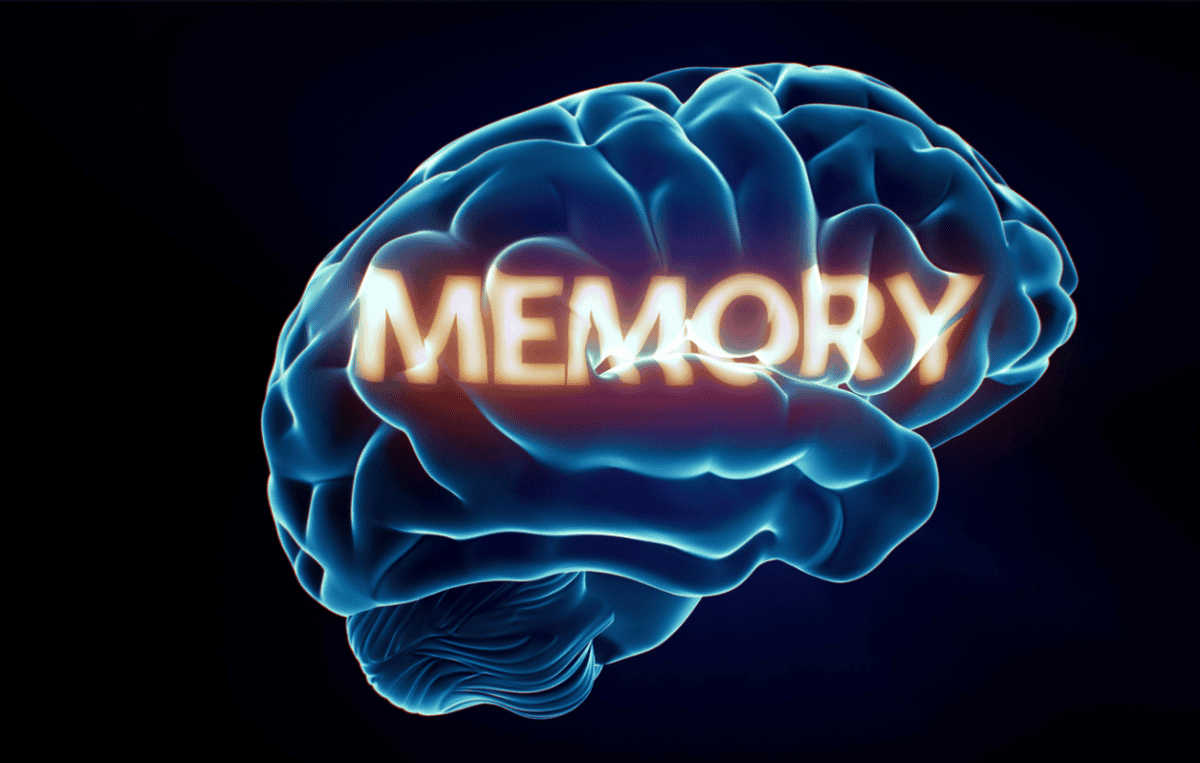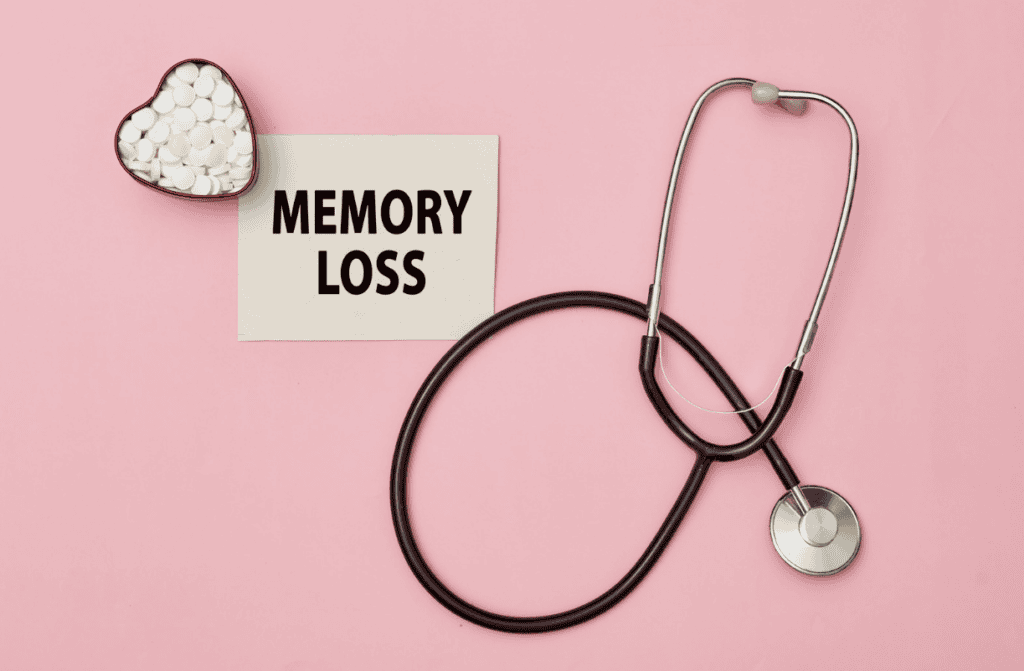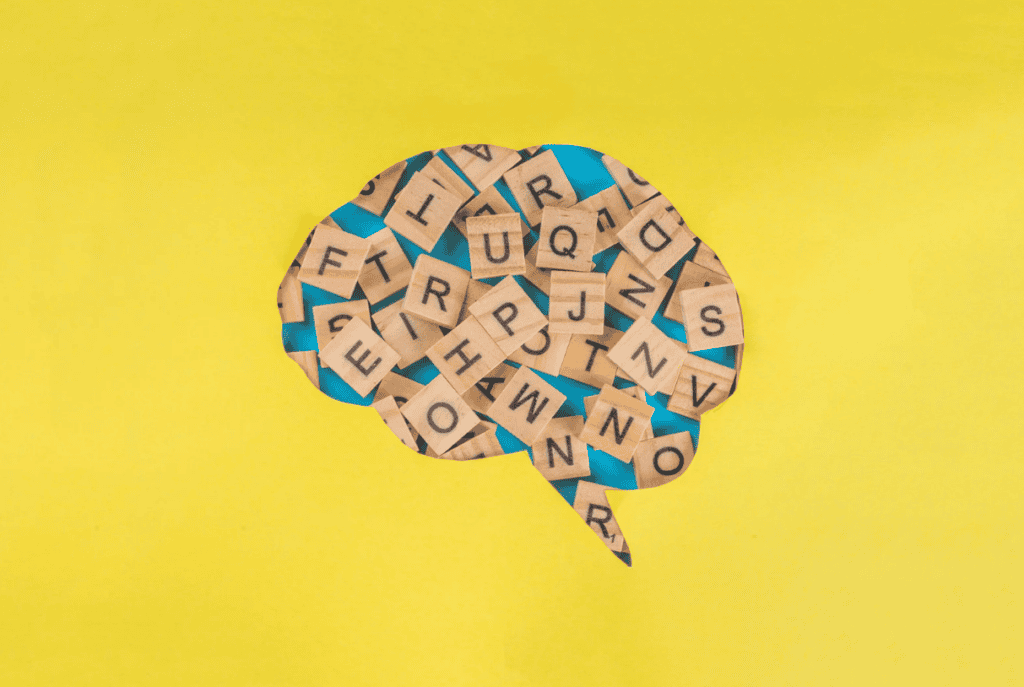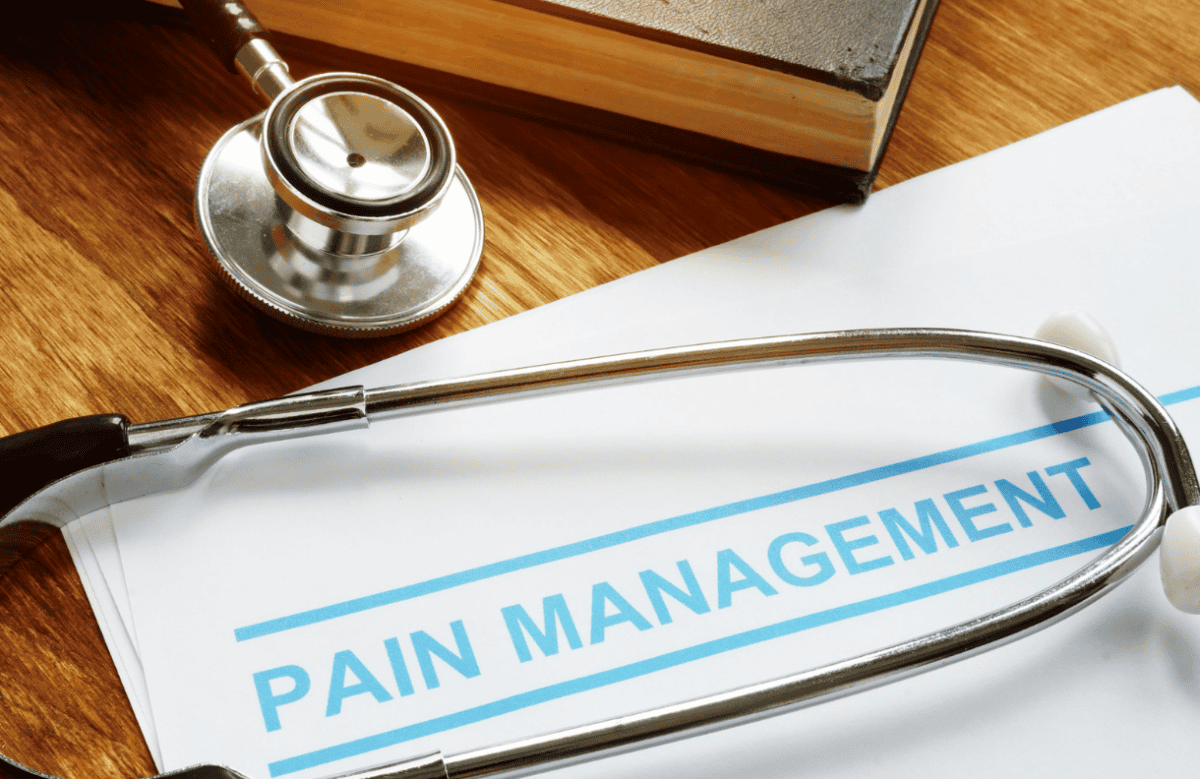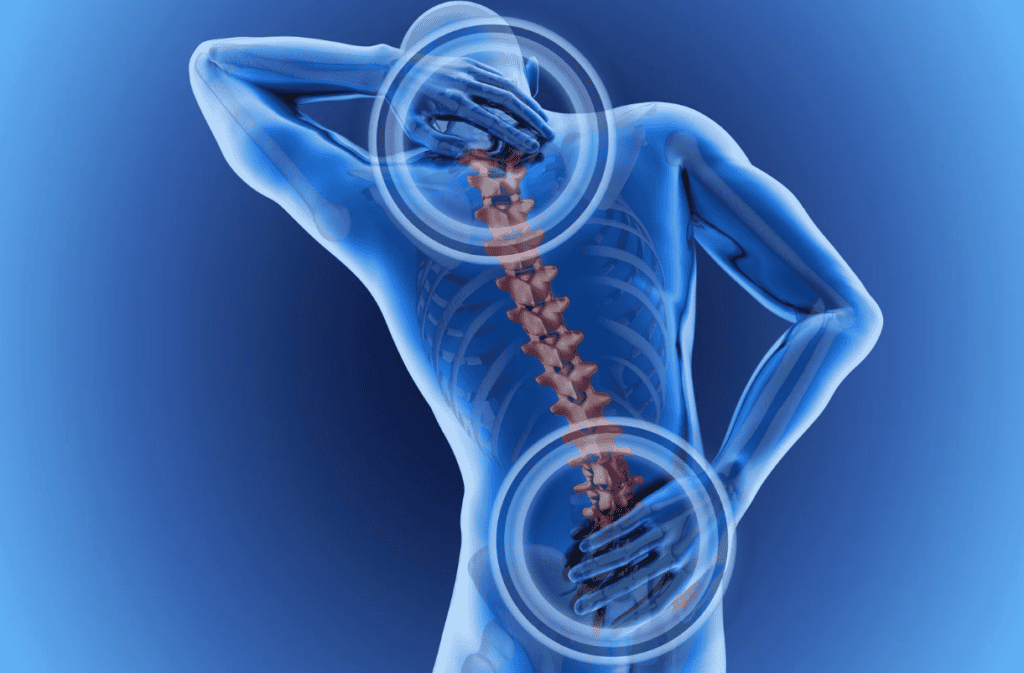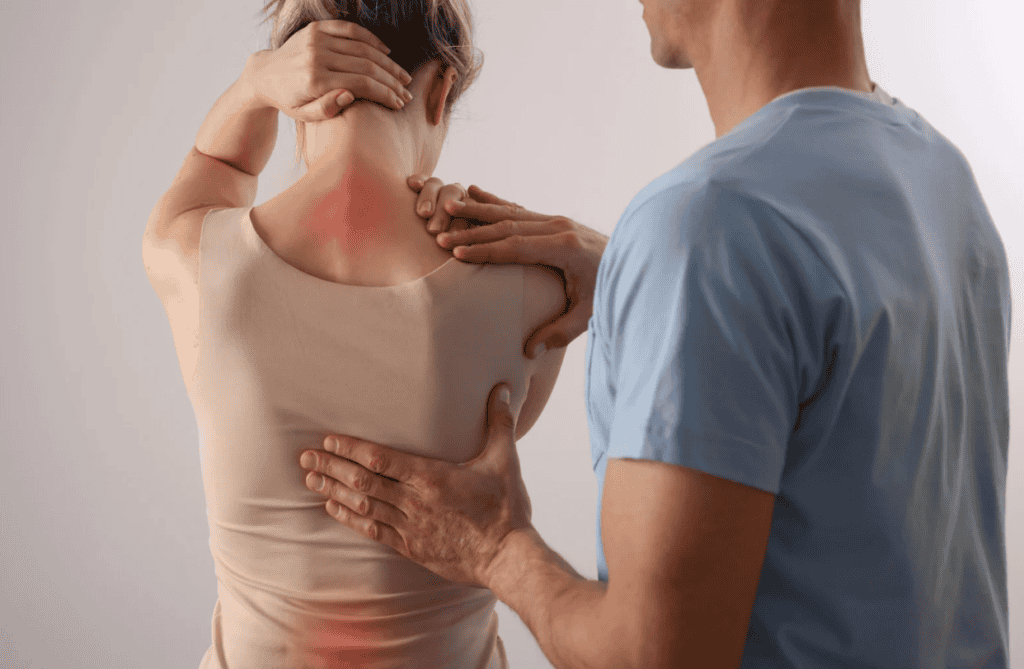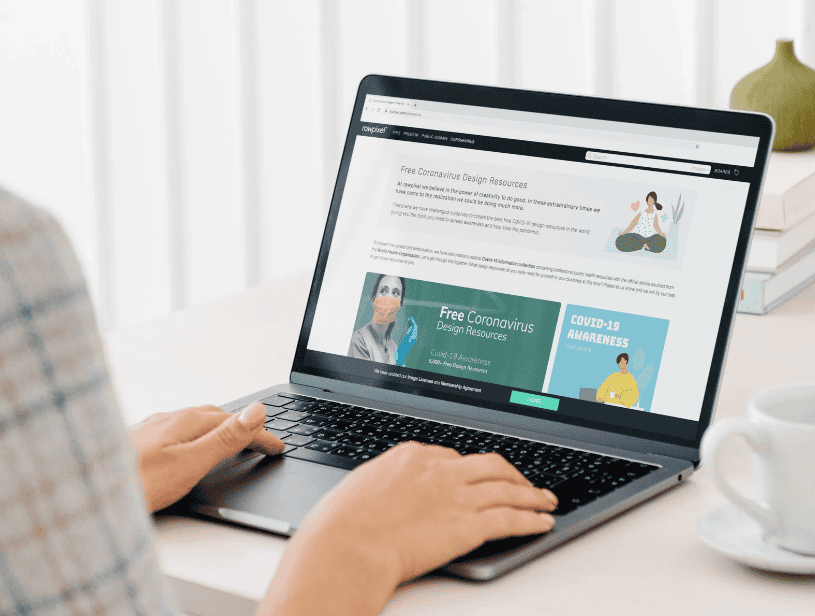Imagine unlocking a world of enhanced creativity, improved focus, and emotional clarity, all without the hallucinogenic detours typically associated with psychedelic substances. In the realm of microdosing magic mushrooms, you’re embarking on a journey of subtlety and intention.
With careful, minimal doses, you can integrate the unique benefits of psilocybin into your routine, potentially transforming your approach to mental wellness and personal growth.
On this post, let’s explore the art of microdosing and the small steps that lead towards big benefits.
Enhanced Emotional Well-being
Microdosing with magic mushrooms can significantly enhance emotional well-being by leveraging the therapeutic properties of psilocybin. At low doses that you get through a mushroom dose calculator, psilocybin can positively influence neural pathways that regulate mood and emotional responses.
This facilitates a reduction in anxiety and depression symptoms, fostering a sense of calm and balance. Users often report an increased ability to navigate stress and emotional challenges, as microdosing promotes a heightened sense of resilience and emotional stability.

Additionally, psilocybin may enhance introspective awareness, allowing individuals to process and understand their emotions more deeply. As neuroplasticity improves, individuals can adopt new, healthier patterns of thought and emotion.
While more research is needed to fully understand the long-term effects, microdosing presents a promising approach to enhancing emotional well-being for those seeking alternative, holistic strategies for mental health.
Better Emotional Regulation
Microdosing with magic mushrooms can significantly enhance emotional regulation through the modulation of serotonin receptors in the brain, primarily the 5-HT2A receptor. Psilocybin, the active compound in magic mushrooms, binds to these receptors, promoting the release of neurotransmitters that stabilize mood and enhance cognitive flexibility.
This process supports the brain’s ability to form new connections, fostering improved emotional processing and regulation. As users engage in microdosing, they often experience increased mindfulness and awareness, enabling more thoughtful responses to emotional stimuli rather than impulsive reactions.
Over time, these subtle psychedelic effects encourage users to identify and deconstruct negative emotional patterns, leading to more adaptive coping strategies. The improved neural connectivity and reduced activity in the brain’s default mode network facilitate a state of heightened presence and clarity, contributing to enhanced emotional resilience. This results in a balanced, calm approach to life’s challenges, promoting overall emotional well-being.
Improved Cognitive Flexibility
People who microdose also see a significant improvement when it comes to cognitive flexibility. This term describes one’s ability to shift between thoughts, ideas, and processes quickly and effectively. Here are the benefits you can get:
- Enhanced problem-solving
- Adaptability to change
- Improved learning and memory
- Overcoming rigid thought patterns
- Better decision-making
- Greater innovation and creativity
- Emotional control
- Reduced bias and open-mindedness
Microdosing with magic mushrooms promotes neural plasticity and connectivity. This allows individuals to shift smoothly between thoughts and embrace new ideas, boosting problem-solving skills and adaptability. The stimulation of the prefrontal cortex enhances executive functions, leading to improved learning and memory retention.
By reducing rigid thought patterns, microdosing encourages innovative and creative thinking. It also facilitates emotional regulation, reducing biases and fostering open-mindedness, which together contribute to a more dynamic and flexible cognitive approach to everyday tasks and challenges.
Increased Focus and Productivity
Microdosing with magic mushrooms interacts with serotonin receptors that modulate perception and mood. Psilocybin, the active component, promotes the release of neurotransmitters that increase cognitive flexibility and executive functioning.
This biochemical activity translates to improved concentration and sustained attention, allowing individuals to immerse themselves in tasks with greater precision and efficiency.
By mitigating distractions and mental fatigue, microdosing creates an optimal mental state for tackling complex tasks and projects. Furthermore, psilocybin encourages creative thinking and aids in out-of-the-box problem-solving by disrupting traditional thought patterns, promoting an environment conducive to innovation.
As a result, users often report a boost in productivity, characterized by a heightened ability to focus on tasks for extended periods and produce high-quality work, ultimately transforming their approach to work and creativity.
Reduced Anxiety and Stress
Psilocybin binds to serotonin receptors, particularly the 5-HT2A receptor, which plays a crucial role in mood regulation. At low doses, psilocybin can promote new neural connections, enhancing cognitive flexibility and emotional processing. This neurological shift encourages a state of mindfulness and presence, helping individuals manage stress more effectively.
Users report feeling less overwhelmed by stressors, as microdosing reduces the hypersensitivity that often fuels anxiety. Furthermore, the enhancement of introspective awareness allows individuals to gain insight into their anxiety triggers, gradually fostering healthier coping mechanisms.
Through these subtle shifts, microdosing paves the way for more balanced mental states, cultivating resilience against everyday stressors and promoting a sense of calm and well-being.
Boosted Creativity
Microdosing with magic mushrooms enhances creativity by gently altering perception and encouraging divergent thinking. Psilocybin stimulates specific serotonin receptors, leading to increased brain connectivity and reduced activity in the default mode network.
This neural shift fosters new pathways for thought, allowing individuals to think beyond conventional boundaries. By temporarily suspending entrenched mental patterns, microdosing facilitates a flow state where novel ideas and solutions surface more readily.
Users often find themselves more open to exploring unconventional approaches, inspired by enhanced imagination and innovation. As rigid mental frameworks dissolve, a sense of spontaneity and inventiveness emerges, enabling individuals to engage in creative pursuits with renewed vigor. These subtle psychedelic effects can contribute to more dynamic artistry, problem-solving acumen, and overall creative expression.

Heightened Mindfulness and Connections
Microdosing with magic mushrooms can heighten mindfulness and strengthen connections by positively impacting brain function and emotional awareness. Psilocybin fosters enhanced connectivity between different brain regions.
This results in increased sensory perception and emotional insight, encouraging a deeper sense of mindfulness. As individuals become more present and engaged with their surroundings, they develop an improved ability to observe thoughts and emotions without attachment.
This awareness extends to interpersonal connections, where microdosing facilitates deeper empathy and understanding. By fostering openness and reducing social anxiety, users often experience improved communication and a stronger sense of connection to themselves, others, and the broader world, promoting overall personal and relational growth.
Incorporating microdosing into your daily routine can offer profound benefits, from enhanced focus and creativity to improved emotional regulation and resilience. By taking these small steps, you harness the power of psilocybin to foster personal growth and well-being.
Embrace this journey with a mindful approach, assessing its impact on your life. Discover the potential of magic mushrooms to transform your mental, emotional, and creative landscape, paving the way for a richer existence.




